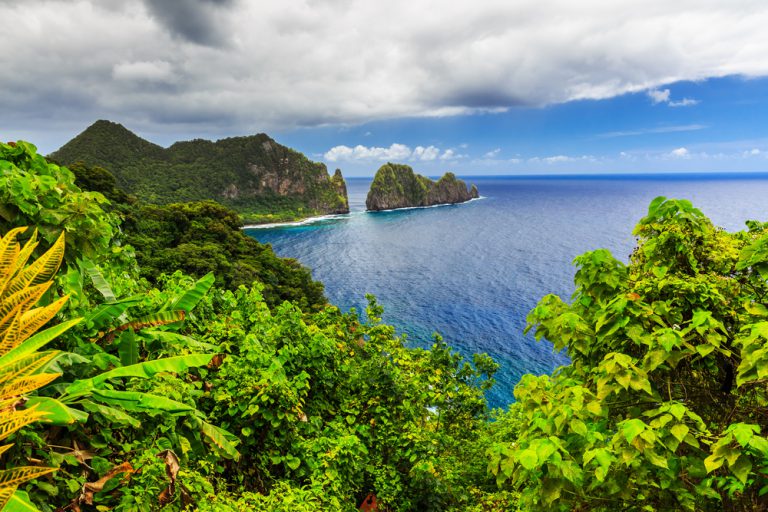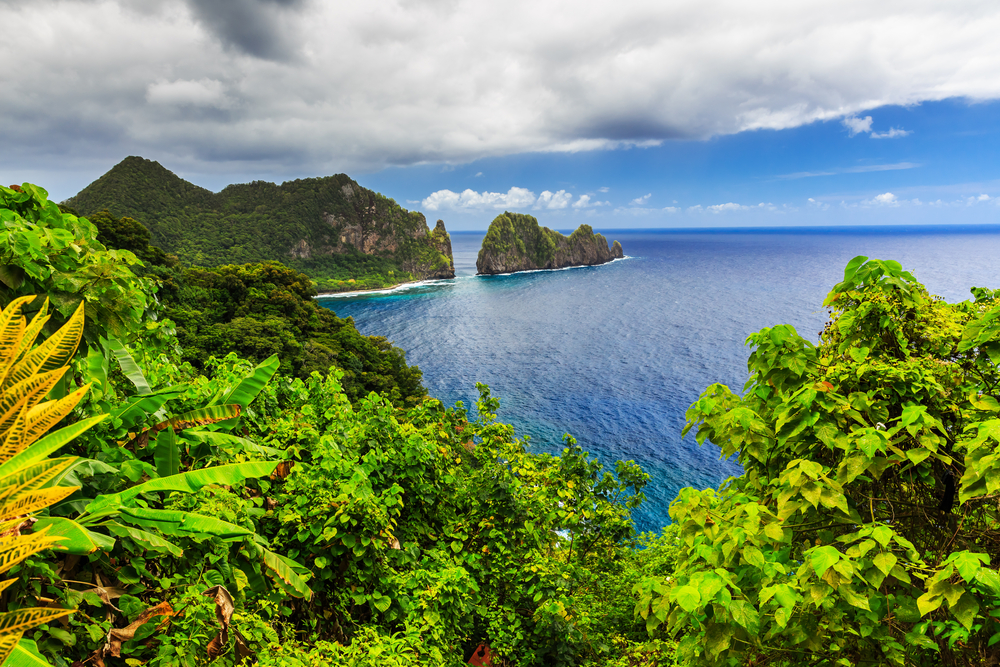
While many of America’s national parks are relatively easy to access — connected to us by the highway system, even if a lengthy road trip is involved — the National Park of the American Samoa is something different.
Tucked into a remote south Pacific island that preserves some of the oldest surviving human cultures, the National Park of the American Samoa is truly a getaway at once exotic and domestic, and absolutely chock full of unbelievable natural vistas. Visitors make the trek for hiking and beach-walking as well as snorkeling and SCUBA diving, not to mention plain old relaxing and enjoying the scenery. But it’s important to understand that when you’re in the National Park of the American Samoa, you’re entering the living history of the Samoan culture — the oldest in Polynesia.
Here is some of the fascinating (and ongoing) indigenous history of this beautiful national park, and the island archipelago it sits on.
The Indigenous History of the National Park of the American Samoa

Archeologists and historians believe that the Samoan people first made their way to these islands from south Asia some 3,000 years ago, braving thousands of miles of ocean in sturdy, hand-crafted water vessels, navigating using natural markers like currents, animal migration patterns, and stars. During the course of the millennia they have populated the island, unique cultural traits and traditions have emerged, which are today called fa’asamoa, loosely translated to “the Samoan way.” Visitors to the island are encouraged to respect this ancient culture by behaving in accordance with fa’asamoa etiquette.
For example, the onus is always on an outsider to ask local villagers for permission to take photographs or engage in activities on this, their homeland. Such permission is almost always granted — but the asking is still an imperative sign of respect.
Additionally, in traditional Samoan homes, or fales, stretching out your legs uncovered is considered rude, so you must cross your legs or pull a mat over them, and you must sit down on the floor before eating, drinking, or talking. The National Park Service has compiled some excellent fa’asamoa practices to know before you go on its website.
In addition, there’s a very special way to get the full scope of the Polynesian experience while in the National Park of the American Samoa. A homestay program exists, which puts visitors in the actual, physical homes of local villagers, who serve as their guides to the local history, lifestyle and culture. Sharing meals and stories together is a truly immersive way to experience this special, sacred, ancient place, and makes for once-in-a-lifetime memories.
Paying Respect to the Land
Learning more about the people whose history predates our own on a given landscape is an important first step toward paying respect to that land. After all, those people have been able to ensure the vibrancy and health of the landscape for eons — which is the only reason we’re able to visit and enjoy those landscapes today.
Along with reading write-ups like this one (thank you, by the way), always check out what resources are available from the National Park Service, or whichever bureau oversees the landscape you’re visiting, as far as Native American and Indigenous history go. In addition, Native Land is an incredible and free web service that offers insight into, and links to the modern websites for, the variety of tribes whose land you may be occupying at any given time, whether in a countryside setting or a city.
However, as important as it is, educating ourselves about the Indigenous history of a place is just the starting point. We must also take it upon ourselves to continue the tradition of stewardship and care that has been so well demonstrated for us by these ancient cultures. Particularly as visitors who have a vested interest in keeping a place green and thriving for future generations, we must take action rather than remaining passive and seeing ourselves as mere visitors.
Leave No Trace offers some excellent and easy-to-reference guidelines that will help ensure you’re traveling as lightly on the land as possible, no matter where you go. Its seven principles include tenets such as packing out all the garbage and gear you pack in, as well as leaving any natural artifacts that may catch your eye behind — as tempting as it can be to take home a small, natural “souvenir.” Additionally, Leave No Trace offers rules for how and where to travel and camp, ensuring all your most impactful actions are on durable or already-impacted parts of the landscape.
And no matter where you go, be sure to pause, take a look around you, and breathe deeply, understanding the depth of the storied history you’re standing in — and knowing exactly how much you don’t know.
Enjoy the trip!

